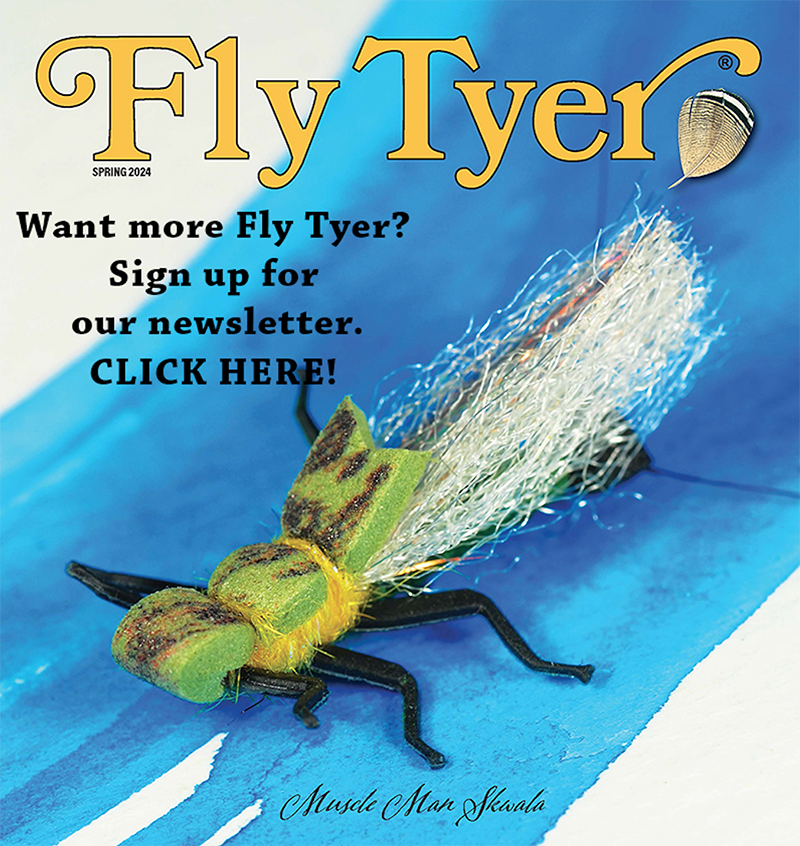by Tim Flagler
For two weeks every summer at the end of July/beginning of August, I host trips with good friends Tim and Joanne Linehan, of Linehan Outfitting, on the Kootenai River in far northwest Montana.
The Kootenai is a tailwater and, at that time, spring run-off releases from the dam are usually over with, resulting in rather consistent flows. As a result, the resident redband rainbows, westslope cutthroat, and all the cutbows in between, move into their regular lies and begin feeding in a more predictable manner, making for excellent fishing.
This is oftentimes the beginning of terrestrial season, in other words, hoppers, beetles and ants. Great PMD hatches are also quite dependable at this time. Over the last couple of years however, it has been the nocturnal stoneflies that have really stolen the show. Although it’s rare to see the winged adults, the remnant nymphal shucks are a dead giveaway that the hatch is on. Even without the winged adults on the water’s surface, the trout respond very well during the day to imitations of them.
First and foremost among these adult stonefly imitations is Will Dornan’s Water Walker. The pattern can be tied in a vast variety of colors and works well in sizes 6 all the way down to a 12. They float incredibly just great and, because of their thin, kind of flappy wings and long spindly legs, cause quite the commotion on the water’s surface. Natural drifts, punctuated by occasional short strips, will coax even bottom-huggers into making the trip to the water’s surface where they usually waffle, rather than sip, the Water Walker.
A fair bit goes into tying each Water Walker, so I like to make them as durable as possible. This includes adding some superglue or head cement at many of the tying stages. The body and wings of Water Walkers can be created from hook gap-width strips of standard 2mm craft foam and thin Razor foam. I’ve found, however, that foam cutters, like those from River Road Creations, usually result in cleaner, more consistent-looking flies and, used in conjunction with their press, make these cutters last all but indefinitely. The presses are a little pricey, but if you tie a lot of foam f body flies, are well worth the investment.
Water Walker
Detailed instructions for tying Will Dornan’s Water Walker. This is part of a series of Tim Flagler’s collaboration with Fly Tyer Magazine. Check out his article about the fly in the Summer 2024 issue of Fly Tyer Magazine. Recipe: Hook: Lightning Strike SN3, size 10. Thread: UTC 140, hopper yellow.
Recipe:
Hook: Lightning Strike SN3, size 10.
Thread: UTC 140, hopper yellow.
Underbody: Ice Dub, golden brown.
Optional: River Road Creations medium-sized Chernobyl body cutter.
Body: 2mm craft foam, tan.
Adhesive #1: Fly Tyer’s Z-Ment.
Legs: Barred, round rubber, medium, mud brown/black.
Overwing: Razor foam, translucent white, .5mm.
Underwing: Krystal flash, root beer.
Indicator: Razor foam, Opaque yellow, 1mm.
Adhesive #2: Sally Hansen Hard as Nails Hardener.
I can’t imagine fishing the Kootenai during the summer or early fall without at least a couple dozen of Will Dornan’s Water Walkers at the ready. Tan with a gold or pink underbody, and black with either a purple or red underbody, are my two favorite color combinations. And, if I was to choose only one size, it would probably be a 10. Water Walkers can be fished alone or in tandem, if regulations allow, with other flies. They’re floaty enough to hold up a fairly heavy nymph dropper. And they work well with a smaller dry fly, such as a PMD or Purple Haze Parachute towed behind them. It’s a good idea to use heavier tippet with Water Walkers, say 3 or 4x, as takes are often extremely aggressive.








